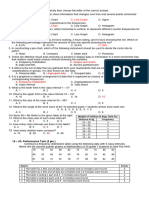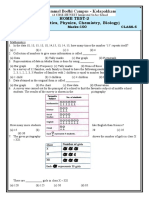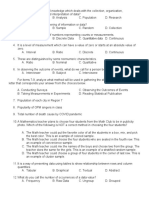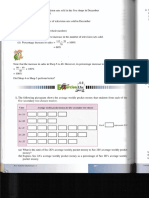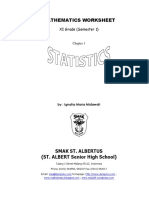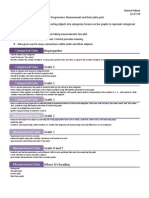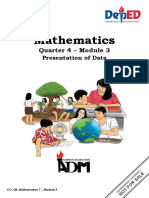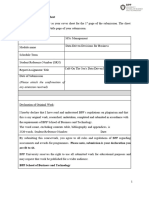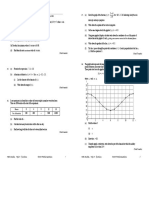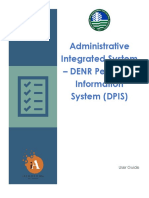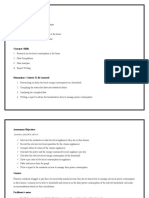0% found this document useful (0 votes)
106 views7 pagesMathematics Unit 7 Data Handling Worksheet and Answer Key
This document is a Grade 7 Mathematics Unit 7 worksheet focused on Data Handling, featuring various question types including multiple choice, short answers, and practical data interpretation tasks. It covers key concepts such as data collection, representation, and analysis, along with sections for calculating mean, median, mode, and range. An answer key is provided for all questions to facilitate learning and assessment.
Uploaded by
regassagemechis651Copyright
© © All Rights Reserved
We take content rights seriously. If you suspect this is your content, claim it here.
Available Formats
Download as DOCX, PDF, TXT or read online on Scribd
0% found this document useful (0 votes)
106 views7 pagesMathematics Unit 7 Data Handling Worksheet and Answer Key
This document is a Grade 7 Mathematics Unit 7 worksheet focused on Data Handling, featuring various question types including multiple choice, short answers, and practical data interpretation tasks. It covers key concepts such as data collection, representation, and analysis, along with sections for calculating mean, median, mode, and range. An answer key is provided for all questions to facilitate learning and assessment.
Uploaded by
regassagemechis651Copyright
© © All Rights Reserved
We take content rights seriously. If you suspect this is your content, claim it here.
Available Formats
Download as DOCX, PDF, TXT or read online on Scribd
/ 7
